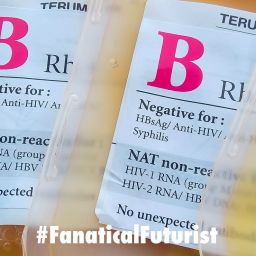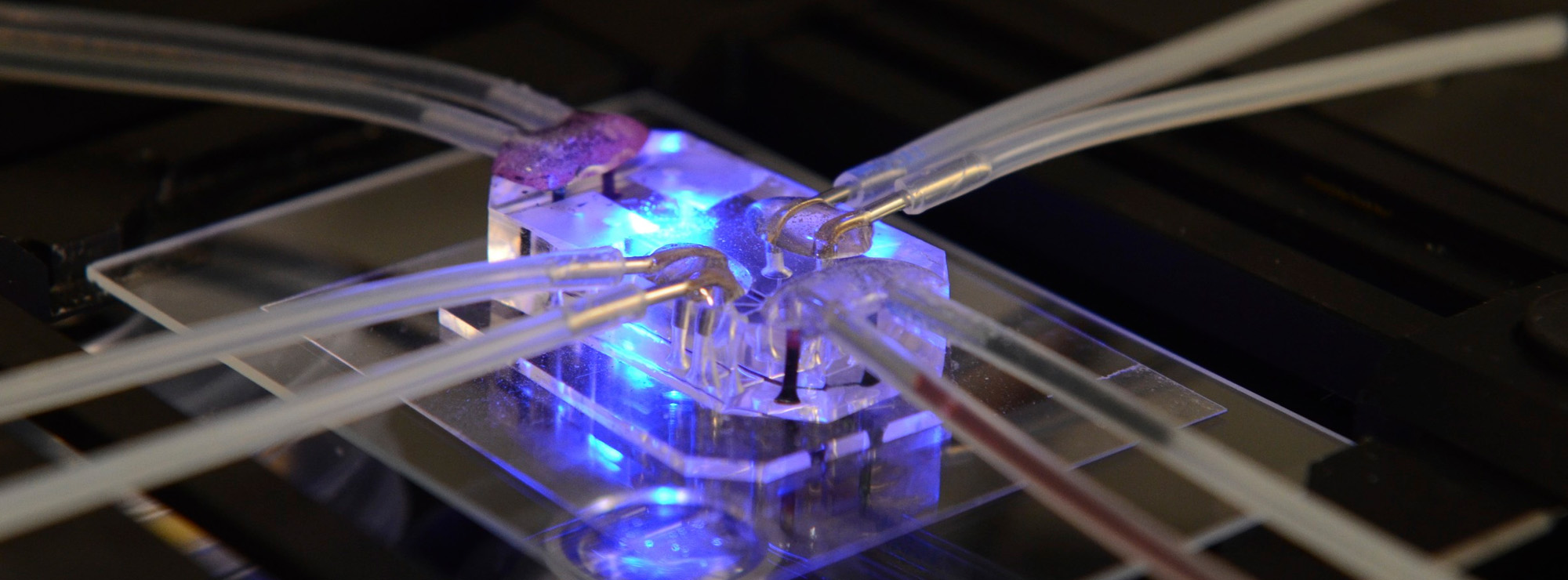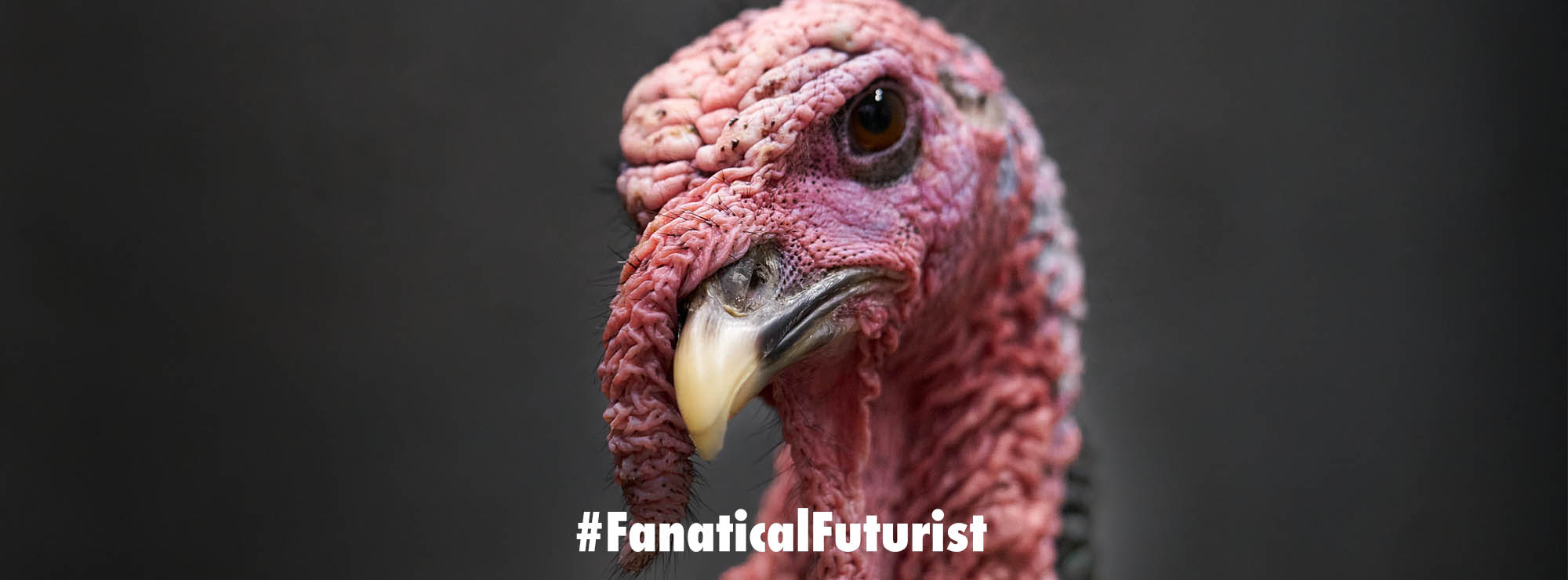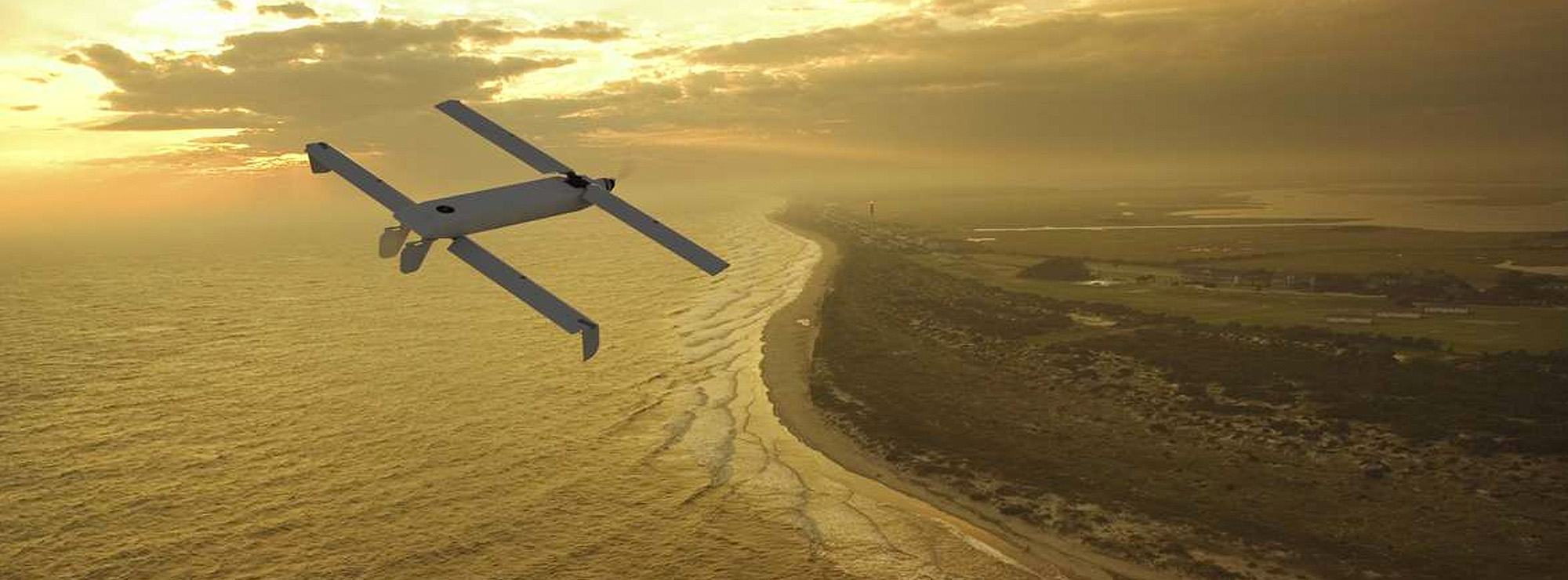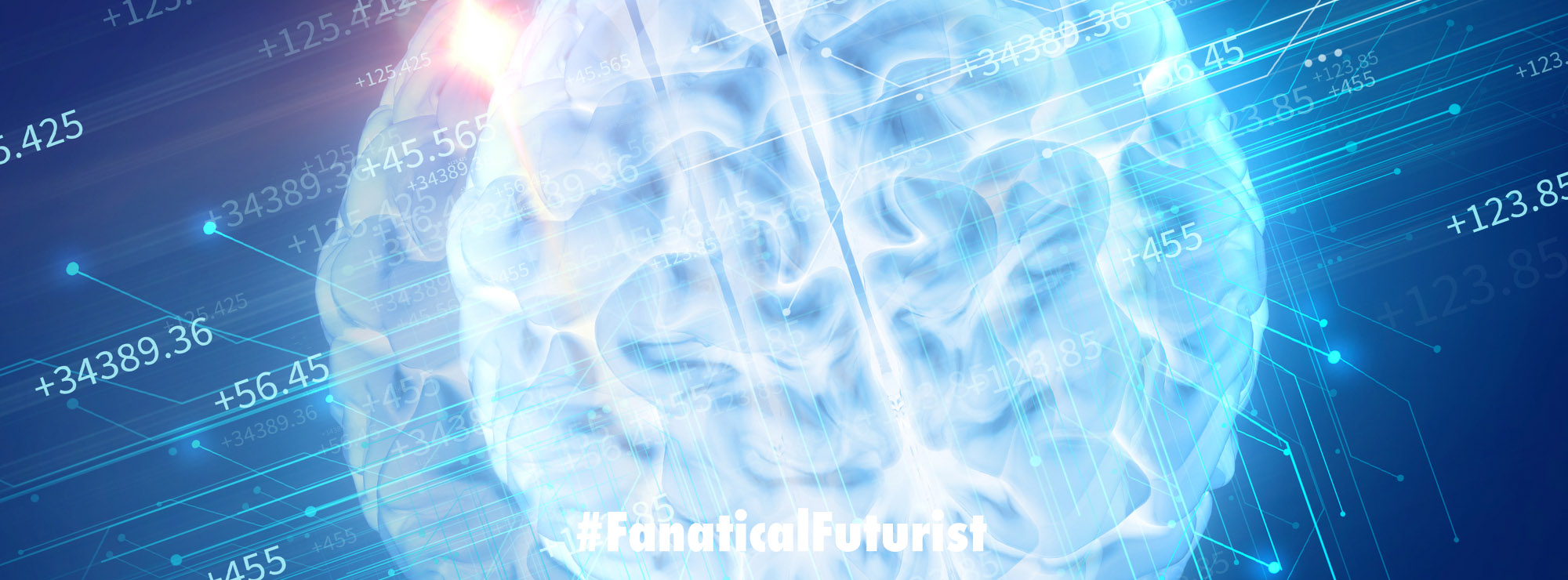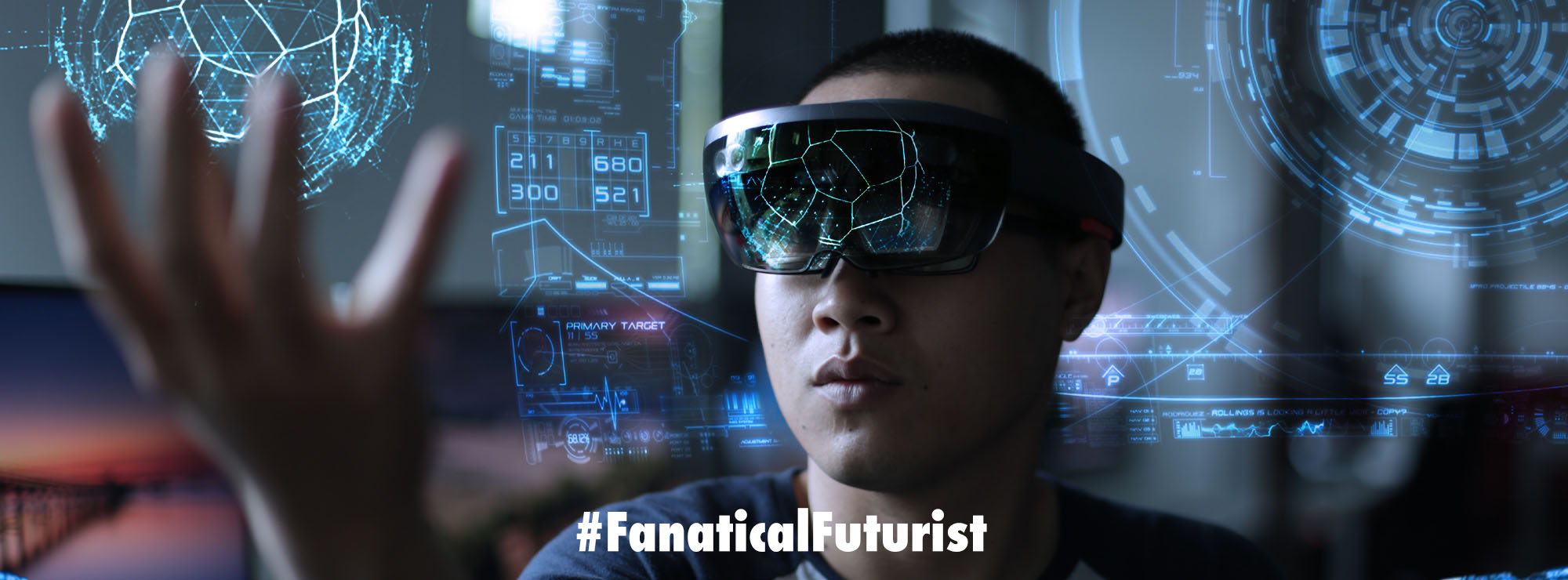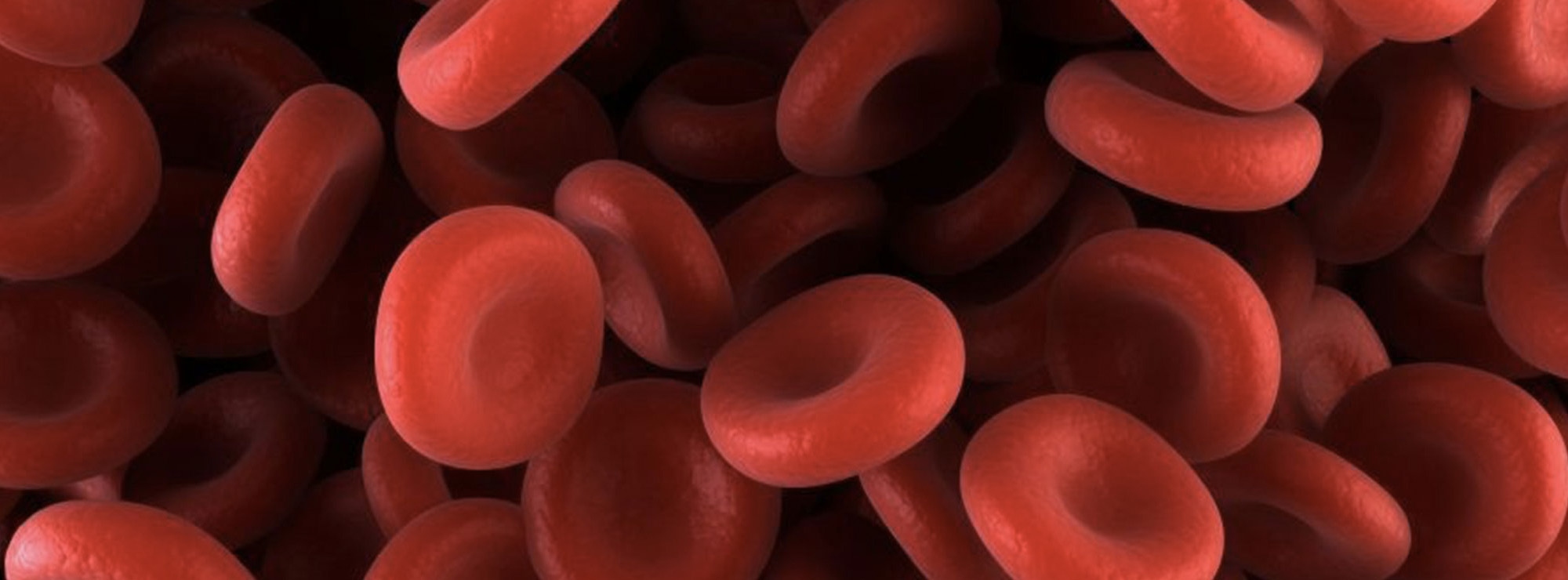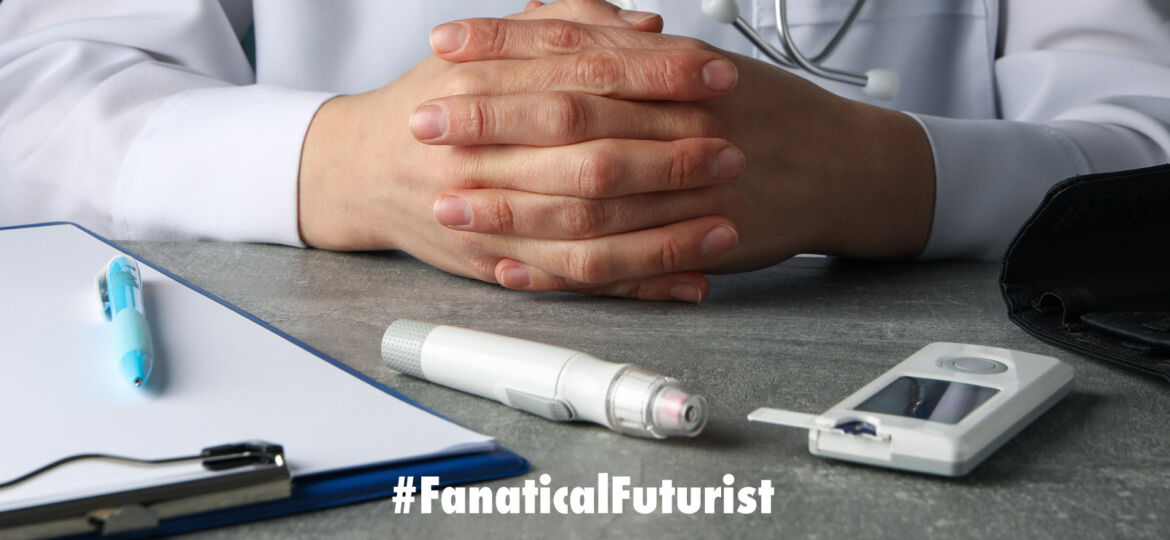
WHY THIS MATTERS IN BRIEF
Diabetes is a killer, and the earlier people can detect it the sooner they can seek potentially life saving treatment and advice.
 Love the Exponential Future? Join our free XPotential Community, enjoy premium content, futureproof yourself with XPotential University, connect, watch a keynote, or browse my blog.
Love the Exponential Future? Join our free XPotential Community, enjoy premium content, futureproof yourself with XPotential University, connect, watch a keynote, or browse my blog.
Forget about calling your smartphone a smartphone because it’s got more in common now with medical tricorders, of the sci fi kind – and increasingly we can use it to help democratise access to healthcare for the billion or so people on the planet who today still don’t have quick access to doctors.
As I’ve written about before your pocket tricorder now has the power to diagnose everything from ADHD, cancer, coronavirus, and heart disease, through to the onset of dementia, eye disease, and PTSD – all for starters. Now though, and as if that wasn’t enough, it has a new trick – it can detect the onset of diabetes after a team from the University of California, San Francisco (UCSF) demonstrated using Artificial Intelligence (AI) and a simple smartphone camera to diagnose type 2 diabetes with an 80 percent accuracy.
“Diabetes can be asymptomatic for a long period of time, making it much harder to diagnose,” says lead author on the new study, Robert Avram. “To date, non-invasive and widely-scalable tools to detect diabetes have been lacking, motivating us to develop this algorithm.”
The new innovation is based on Photoplethysmography (PPG), a technique where light can be shone into tissue to detect blood volume changes. PPG is perhaps most commonly known for the little finger clamp doctors use to measure heart rate and blood oxygen levels.
As soon as smartphone cameras appeared a decade ago, researchers immediately suggested the devices should be able to capture PPG measurements. In this study, the researchers hypothesized PPG data, captured by a smartphone camera, may be able to detect vascular damage caused by diabetes.
The first step was to develop a deep learning algorithm that could wade through millions of PPG recordings and find out whether this biomarker could effectively identify subjects with diabetes from healthy subjects. The deep neural network examined 2.6 million PPG recordings from 53,870 individuals with diagnosed diabetes.
After developing the algorithm, the researchers tested its ability to detect diabetes solely from smartphone PPG data in three separate cohorts, gathered using the device’s flashlight and camera applied to the patient’s fingertips. The system accurately detected diabetes in around 80 percent of subjects. The predictive potential of the algorithm improved even further when it was combined with other basic patient data such as body mass index and age.
“We demonstrated that the algorithm’s performance is comparable to other commonly used tests, such as mammography for breast cancer or cervical cytology for cervical cancer, and its painlessness makes it attractive for repeated testing,” suggests Jeffrey Olgin, another author on the new study. “A widely accessible smartphone-based tool like this could be used to identify and encourage individuals at higher risk of having prevalent diabetes to seek medical care and obtain a low-cost confirmatory test.”
It will be some time before the work effectively translates into some kind of diabetes-detecting app for your smartphone, however, this is an incredibly promising proof-of-concept development. The researchers are cautious to note the next steps will be to determine how this particular digital tool can be best incorporated into existing diabetes screening practices.
“The ability to detect a condition like diabetes that has so many severe health consequences using a painless, smartphone-based test raises so many possibilities,” says co-senior author Geoffrey Tison. “The vision would be for a tool like this to assist in identifying people at higher risk of having diabetes, ultimately helping to decrease the prevalence of undiagnosed diabetes.”
The new study was published in the journal Nature Medicine.
Source: UC San Francisco

